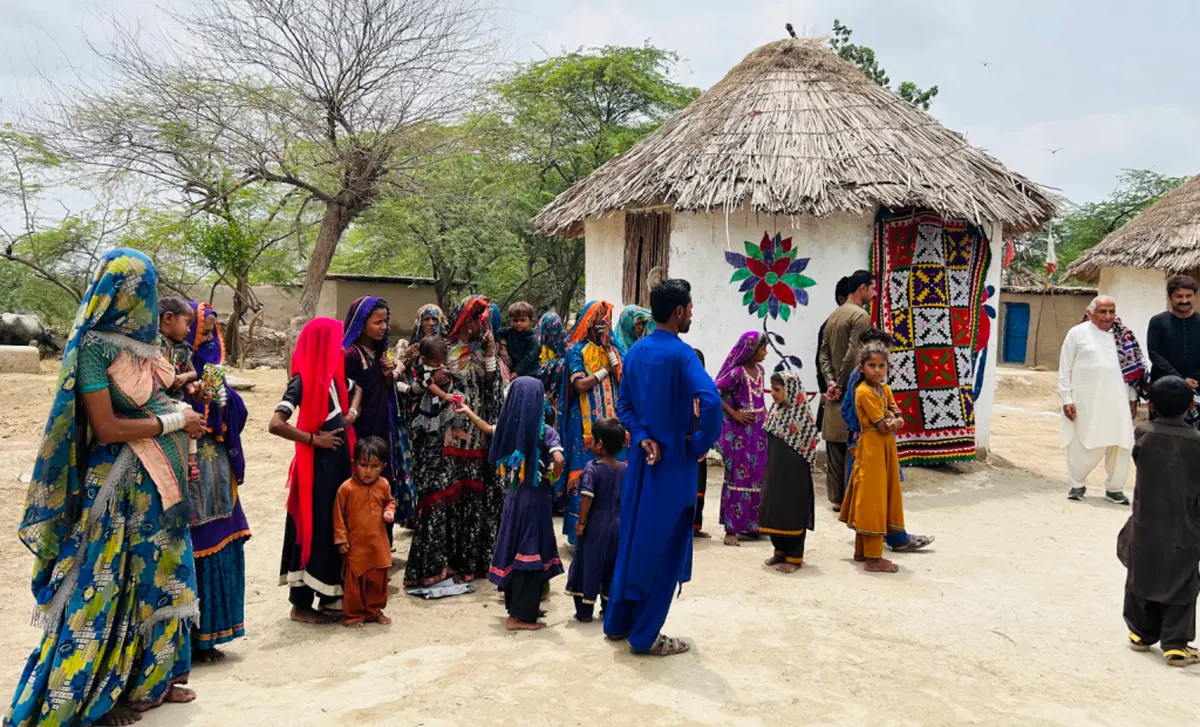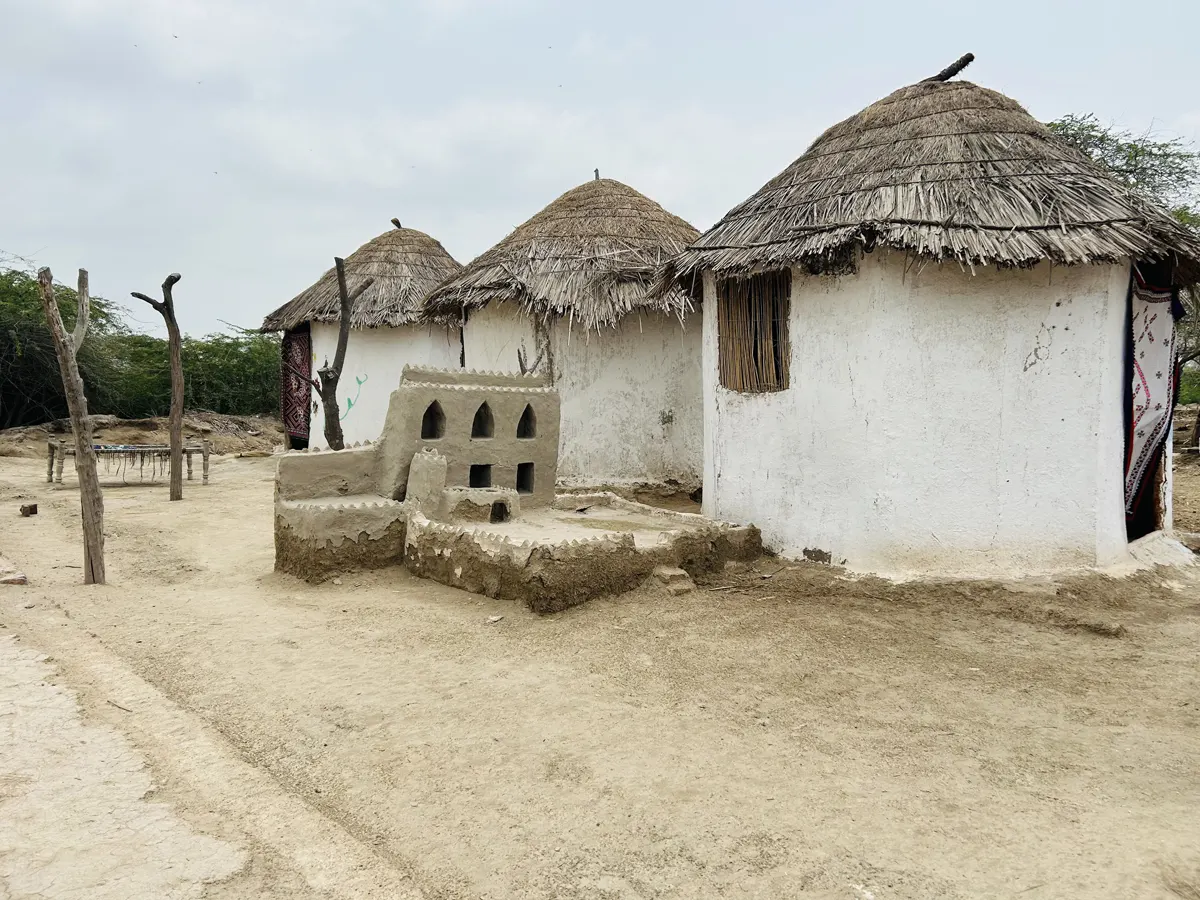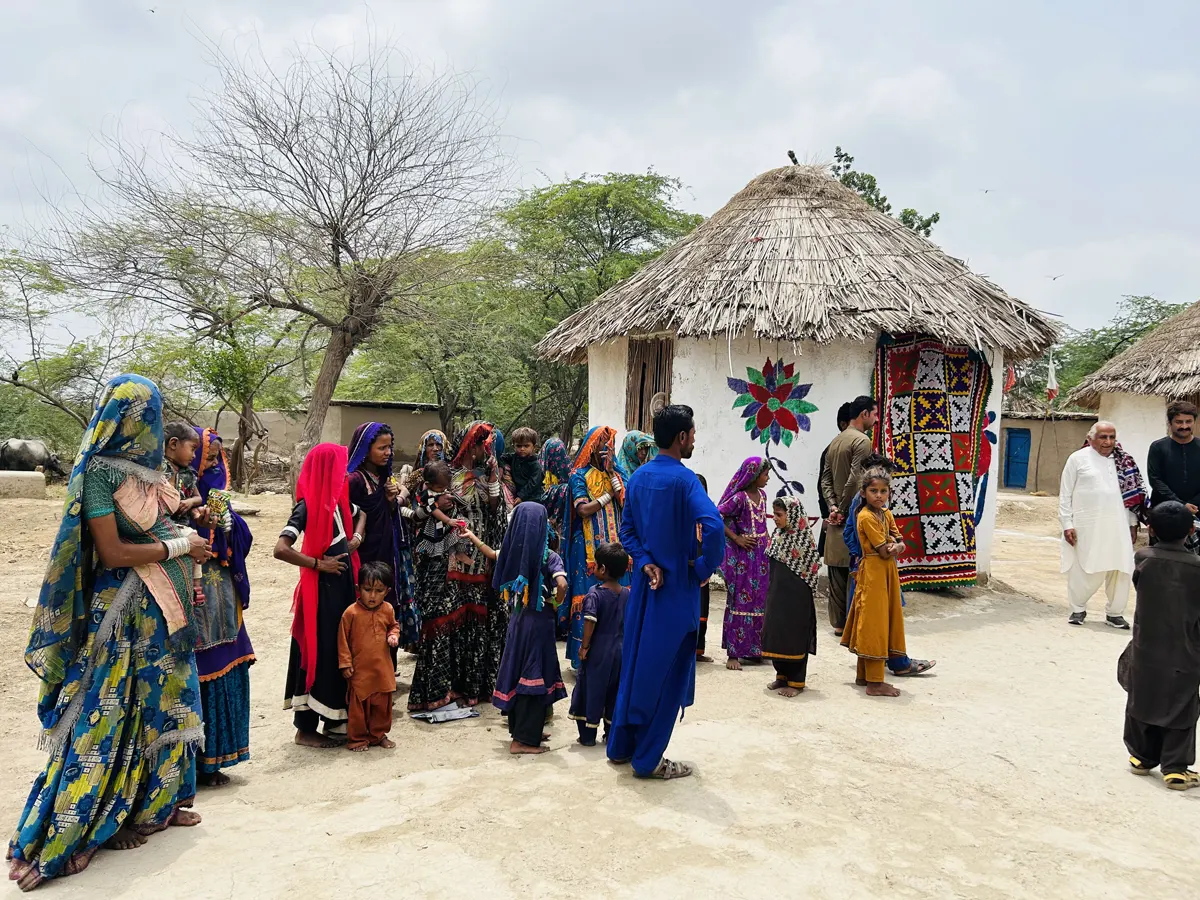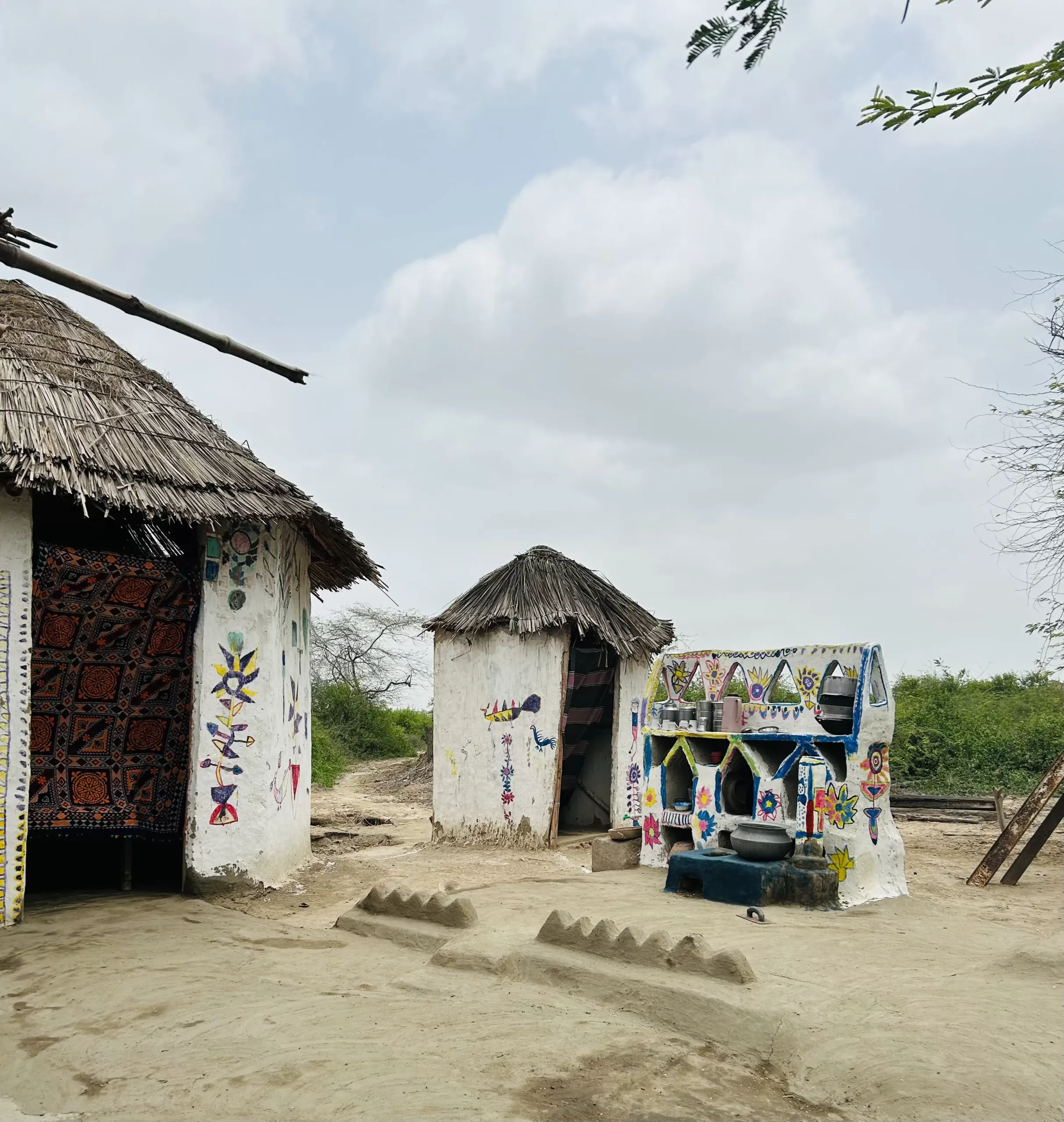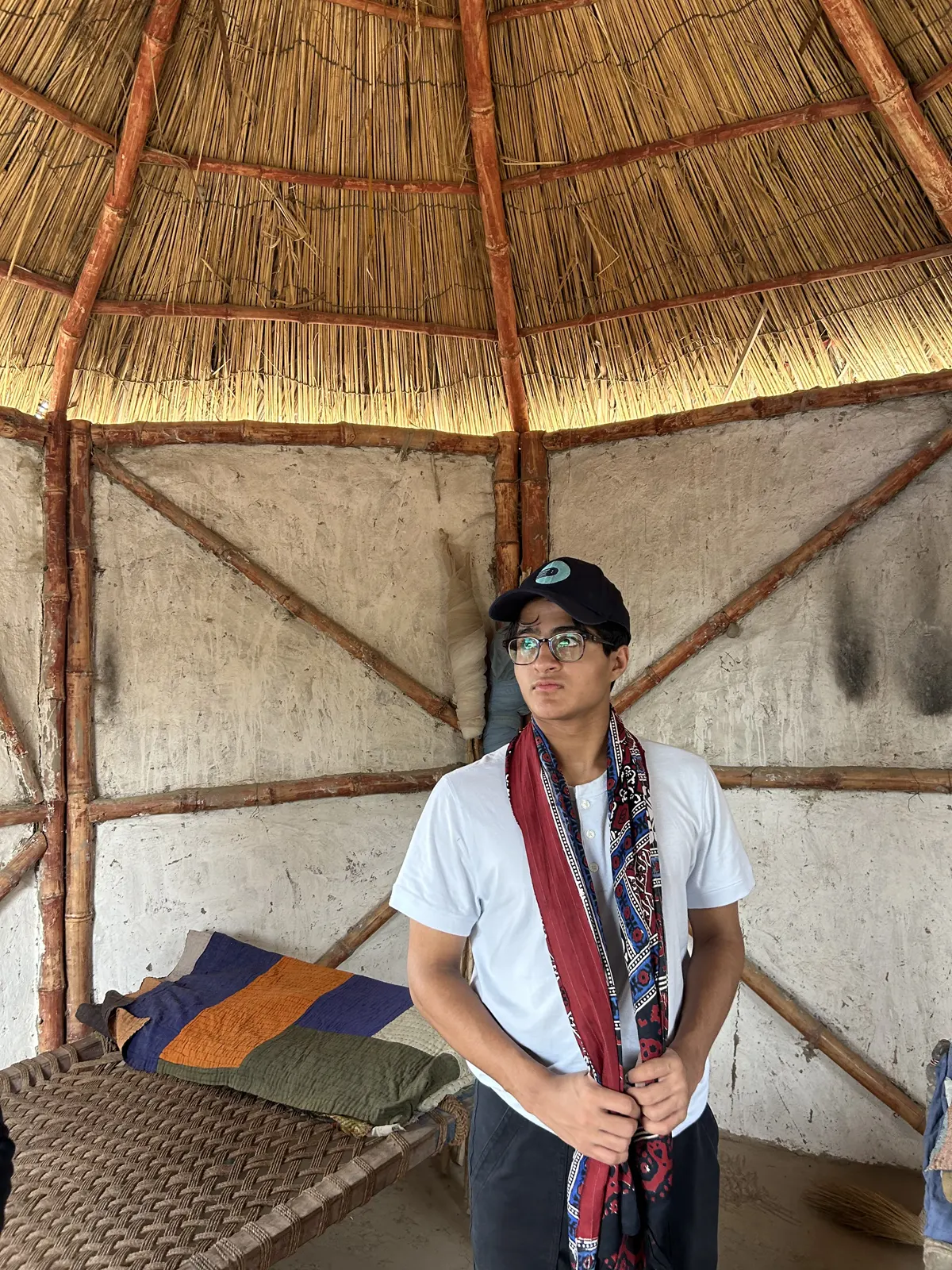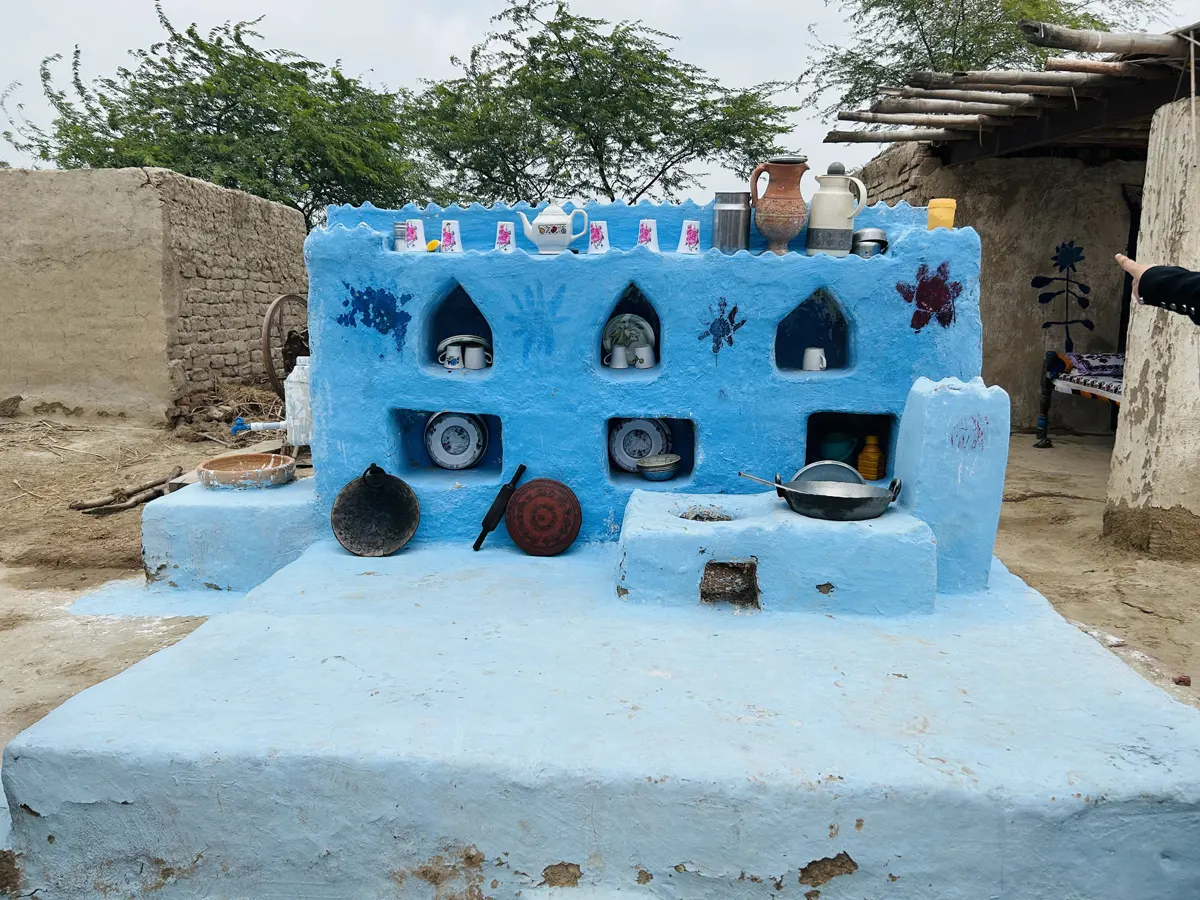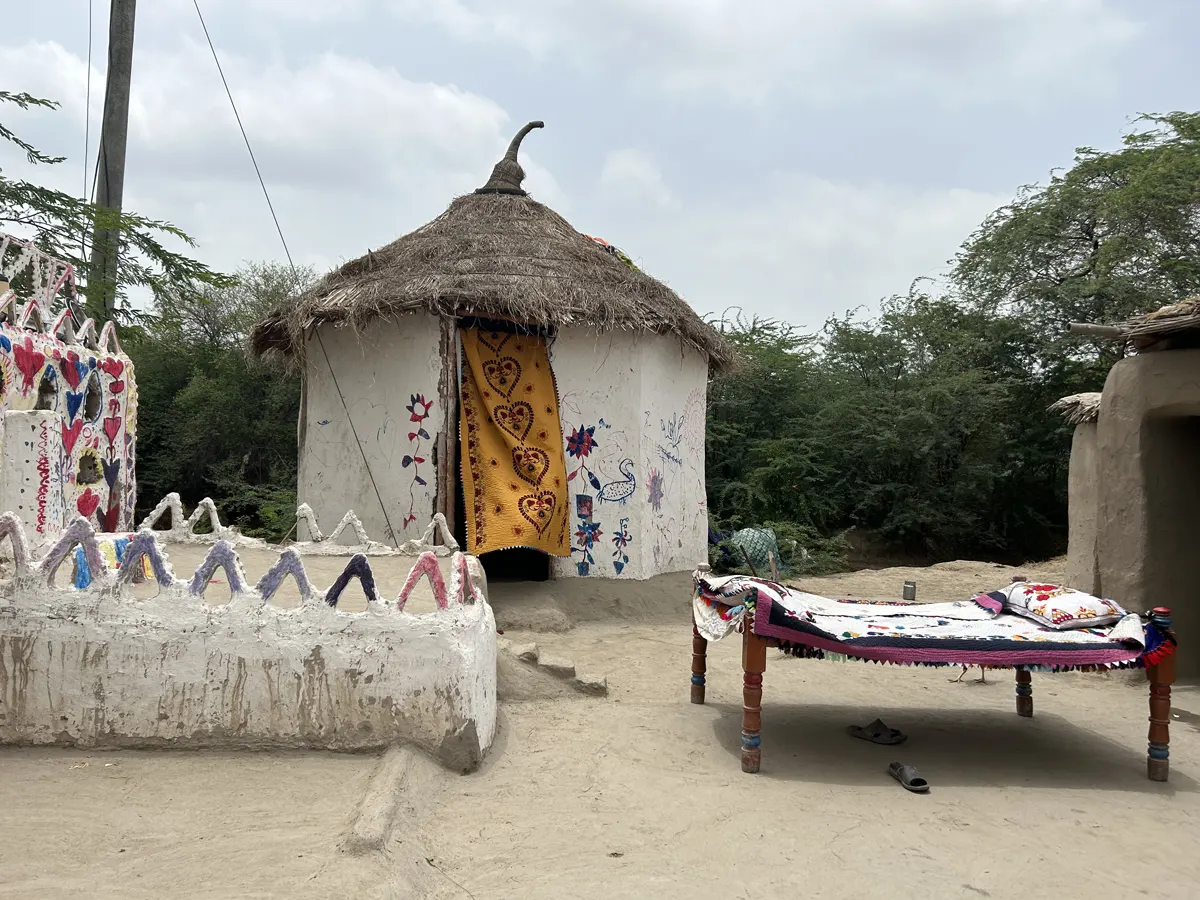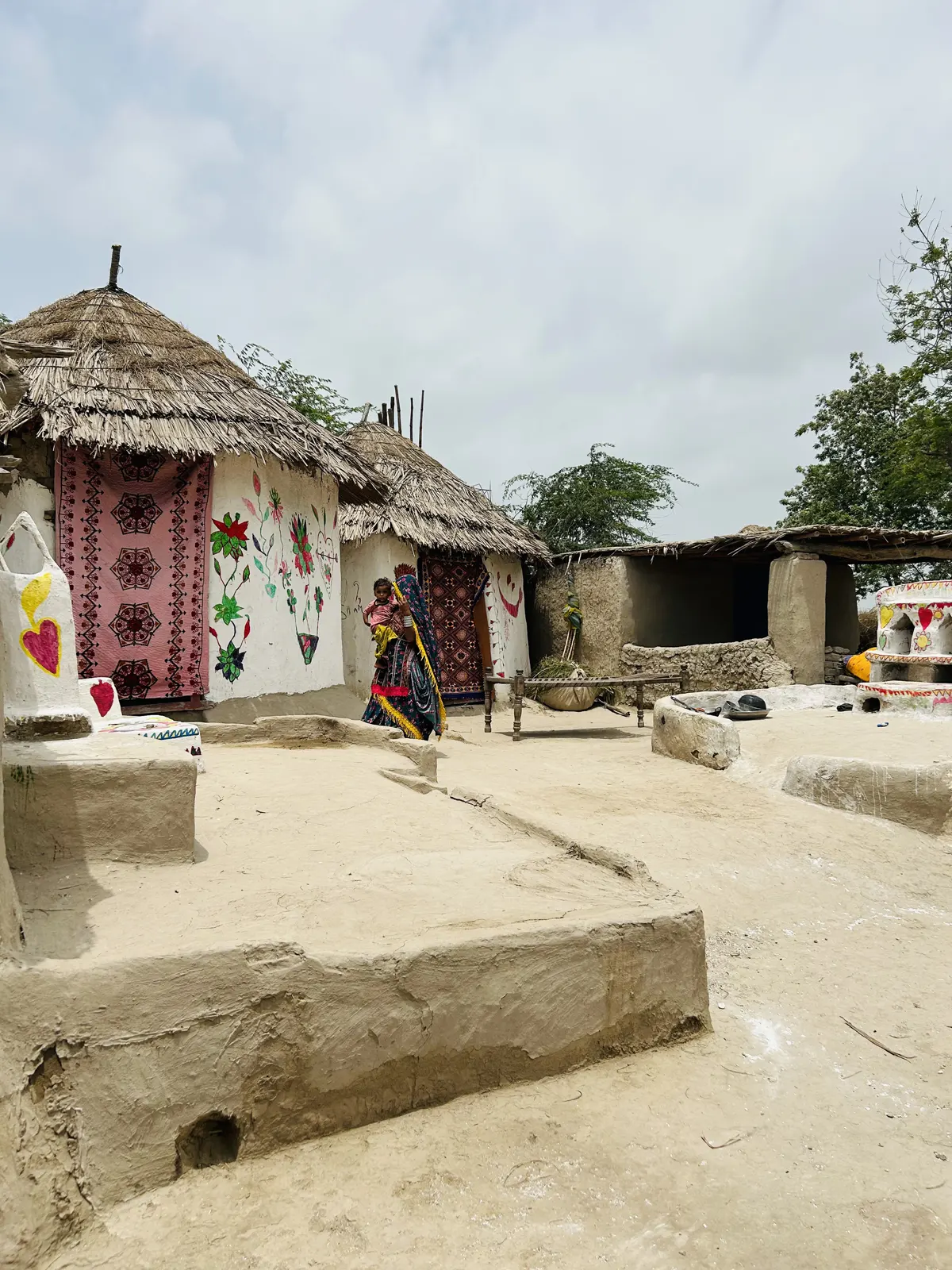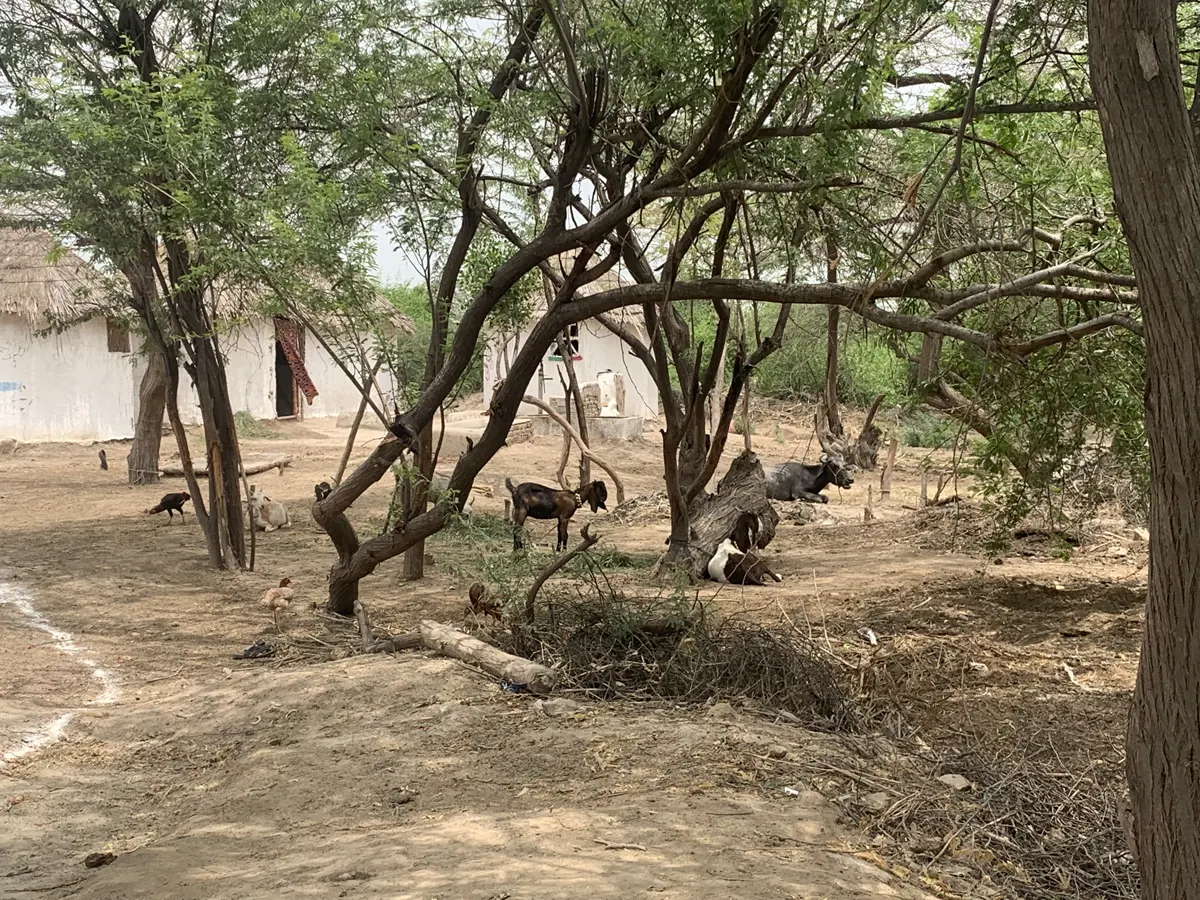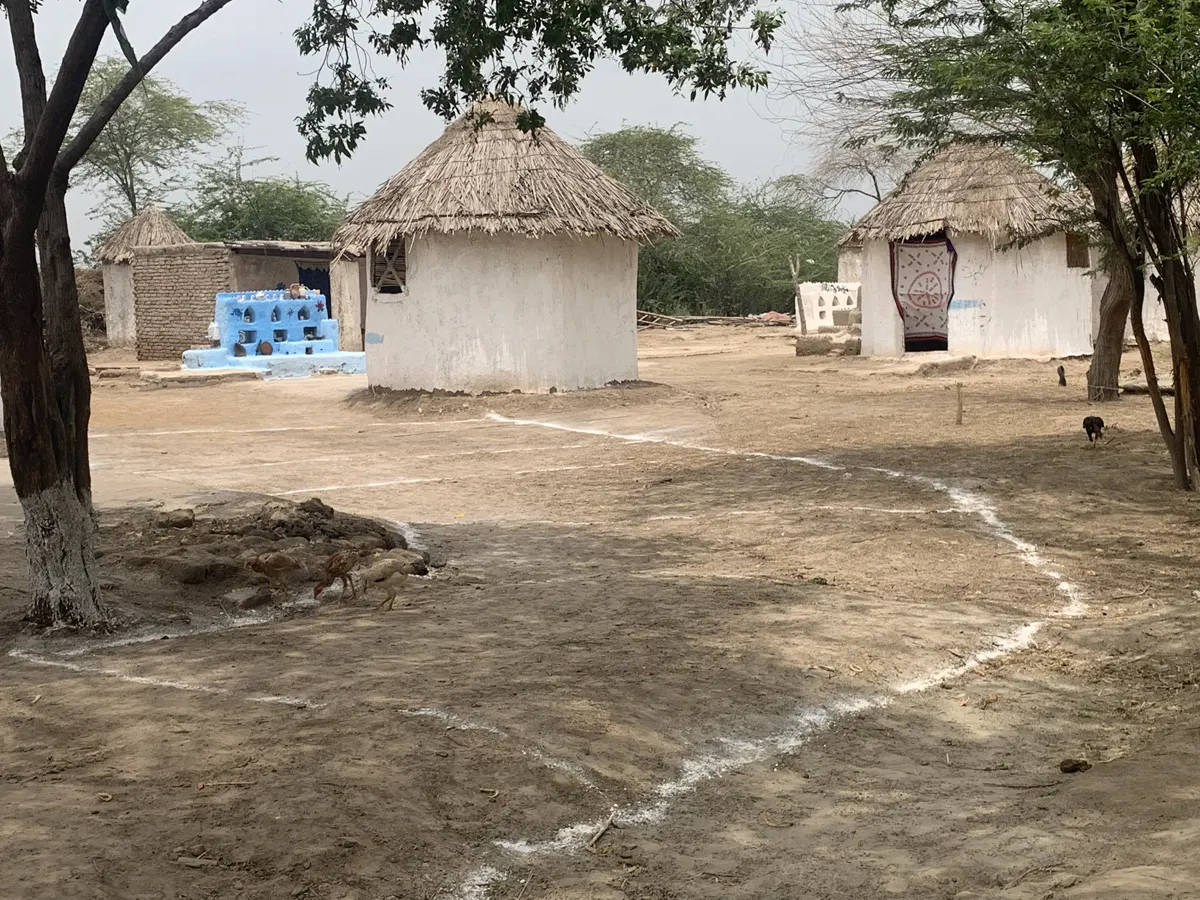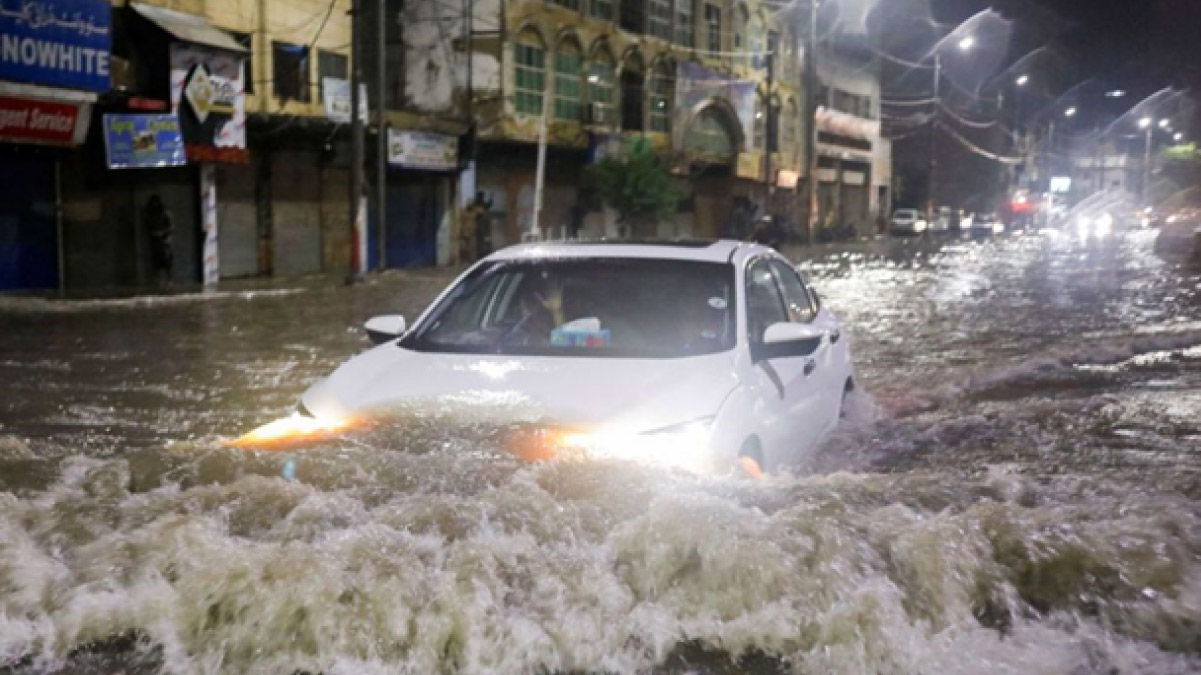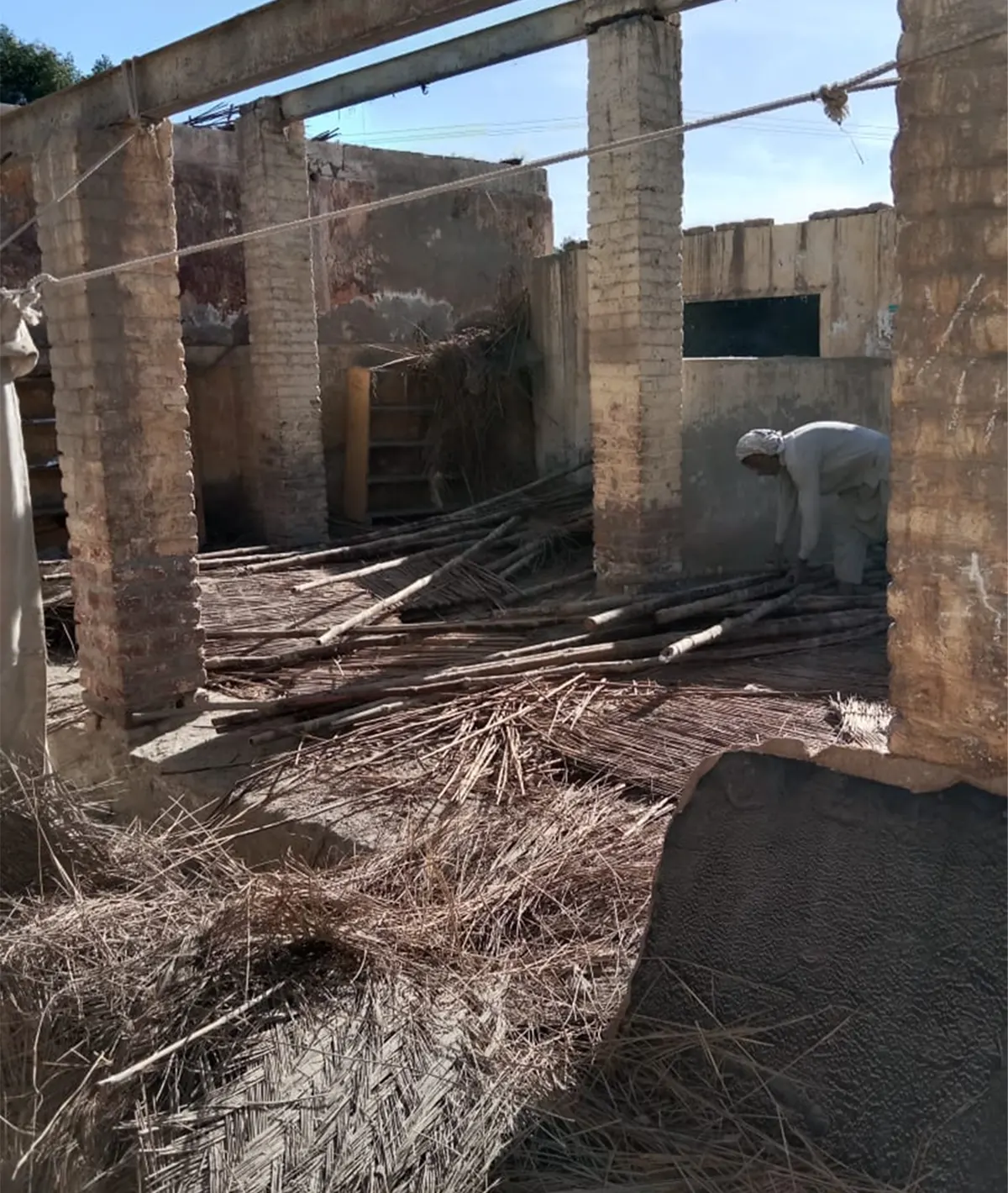Chetan Kohli Village Update
On my trip to Pakistan this summer, I had the amazing opportunity to go and survey the sustainable village project that I had raised funds for in 2022 after deadly floods dislocated 33 million people in Pakistan. The Chetan Kohli village, deep in the province of Sindh and near the town of Tando Allahyar, was built for the Hindu laborers that work on the farms of large landlords in that area. Hindu farm laborers, called Kohlis, are amongst the poorest and most neglected people in rural Sindh. During the four-hour drive into the village, I was apprehensive, and unsure what to expect. Progress is too often too slow in Pakistan, and I wasn’t sure how much of the village had actually been completed.
It took us two hours to drive from Karachi to Hyderabad, where we took the requisite chai break and then we went further into the agricultural hub of Sindh. The village itself was surrounded by swathes of farmland. I was even more worried about the condition we would find Chetan Kohli in when I saw the state of disrepair a nearby government village also meant for the victims of the floods was in. We also passed countless communities that were living under rickety sticks and plastic shelters by the roadside, still homeless after almost a year. Yet, when I arrived at the village, it exceeded all of my expectations.
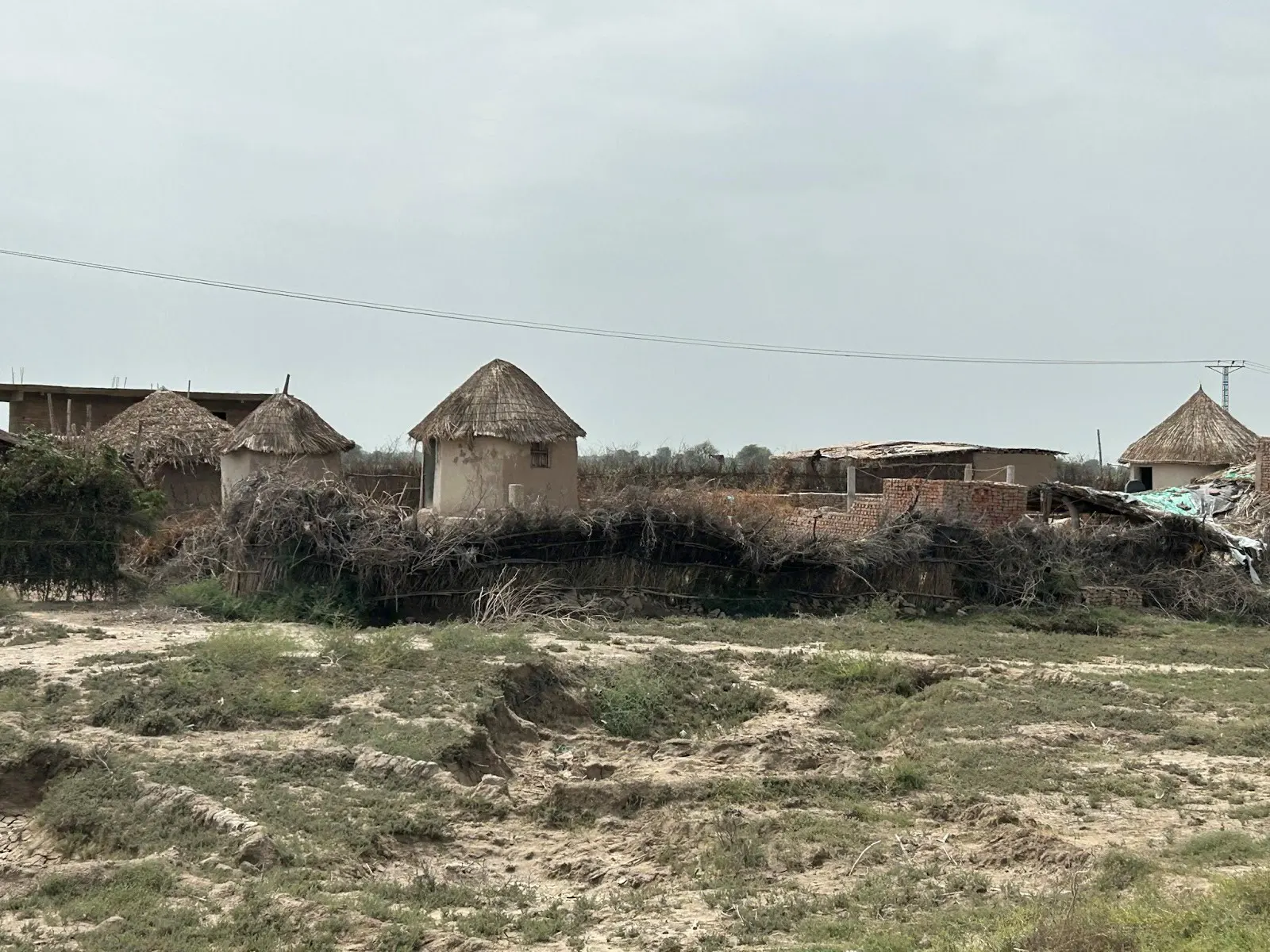
Desolate, unfinished government village for those displaced by the floods
The village was almost fully completed, 26 houses had been built, each house had a stove, and there was one functioning water pump per every five homes. There were also 13 toilets, all brightly decorated and fully sustainable. This was the first time some of these women had access to a private bathroom facility in their lives. There were enough toilets for every two families in each house to share, while fully functioning hygienic stoves allowed families to store utensils and serve meals more easily. The cottages had roofs made from local bamboo and rope, the walls were also made with bamboo and limestone so the interior was cooler than the outside.
The Heritage Foundation that I had interned with the summer before was also working with and training the villagers to make and take care of these sustainable water-resistant homes, bathrooms and kitchens. Everything was built on platforms giving them some safety from rains and dry storage areas for their valuables. The Heritage Foundation led by Yasmeen Lari and her team, had not only helped the villagers set up, but also taught them how to do everything themselves, so they wouldn’t need anyone else’s help to maintain their home and lives after the village was completed.
The degree of planning in the layout of the homes and the spaces was remarkable, I was most impressed by how the villagers’ huts were able to stay cool during the sweltering conditions of the day, and trap heat during the cool nights, all without any air conditioning. There was also a plan to make the village economically self-sufficient. Many cows were tethered to posts, and chickens strolled around the village, providing food to the villagers and goods they could sell. The women had stitched beautiful blankets as door curtains and hand painted their kitchens. The Foundation’s liaison told us she was trying to secure sewing machines for them so they could start earning money by stitching. Thanks to many generous donations, INTBAU, and the help of Yasmeen Lari’s Heritage foundation I had helped provide these people a home.
The best part of the visit was the smiles on the faces of the villagers, they all wanted us to see their homes and were so proud of the work they had done themselves. The experience was surreal. I stepped into a different world, an older one, where digitalization hadn’t taken over, and people were simply focused on having the basic needs to live enjoyably and comfortably.
The little children followed me everywhere I went, even though most of them were barefoot, had no electricity and running water, they had joy and excitement in their lives and were so appreciative of having safe dry homes and shelters to share with their families. Their mischievous smiles made me realize that people did not need a lot to be happy but it also filled me with a desire to do more for them. They deserve to go to school instead of working on farms but the first step toward that future, one without the worry of climate change and its destruction, is to make sure they have flood-proof, sustainable homes so they never find themselves homeless and starving again.
Projects
Hello I’m Ammad Zuberi, I’m sure you’ve heard of the devastating
On my trip to Pakistan this summer, I had the amazing opportunity to go and survey the sustainable village project that I had raised funds for in 2022 after deadly floods dislocated 33 million people in Pakistan.
On my trip to Pakistan this summer, I had the amazing opportunity to go and survey the sustainable village project that I had raised funds for in 2022 after deadly floods dislocated 33 million people in Pakistan.

